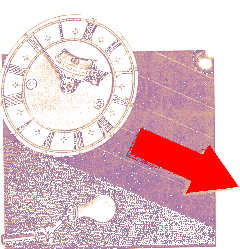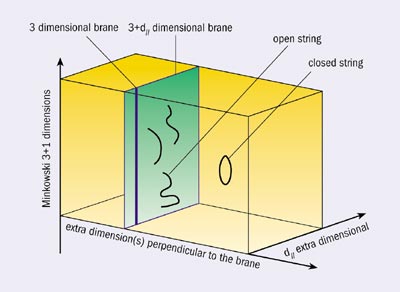Wed 19 Jul 2006
Dealing with an aging population
Posted by Marcus under Current Events, Science
No Comments
 The United States is facing a big economic problem, along with Europe, who has it worse. The problem is simply that as the [tag]population[/tag] grows older there are fewer young people to work and support the economy. There are two separate causes: Americans now have few children, just equal to the replacement rate, and [tag]life expectancy[/tag] for Americans has increased – to 77.6 years up from 66.2 years in 1950. A third factor is the “baby boom” after World War II whose members are reaching retirement age.
The United States is facing a big economic problem, along with Europe, who has it worse. The problem is simply that as the [tag]population[/tag] grows older there are fewer young people to work and support the economy. There are two separate causes: Americans now have few children, just equal to the replacement rate, and [tag]life expectancy[/tag] for Americans has increased – to 77.6 years up from 66.2 years in 1950. A third factor is the “baby boom” after World War II whose members are reaching retirement age.
This economic problem is substantially one of policy and the expectations of Americans. The policies established in the ’50s assumed that one would retire at 60 or 65 years and have 5 or ten years of retirement. We now have an average life expectancy of 11.6 years after a 65 year retirement instead of the 1.2 year expectancy in 1950. (more…)


 String theory postulates ten or eleven dimensions, only three of which we can “travel” in. Time is a fourth dimension that we experience “now” and can experience “the past” through memory, but we have no knowledge of “the future”.One could say that we traveling in only one direction on the time dimension, and cannot reliably control our transit through time. (Although when one is bored, time certainly approaches stopping!)The other six or seven dimensions are often referred to being “curled up” in a microscopic manner so that we cannot experience them. This is not something that is intuitive, and is tough to keep straight.
String theory postulates ten or eleven dimensions, only three of which we can “travel” in. Time is a fourth dimension that we experience “now” and can experience “the past” through memory, but we have no knowledge of “the future”.One could say that we traveling in only one direction on the time dimension, and cannot reliably control our transit through time. (Although when one is bored, time certainly approaches stopping!)The other six or seven dimensions are often referred to being “curled up” in a microscopic manner so that we cannot experience them. This is not something that is intuitive, and is tough to keep straight.